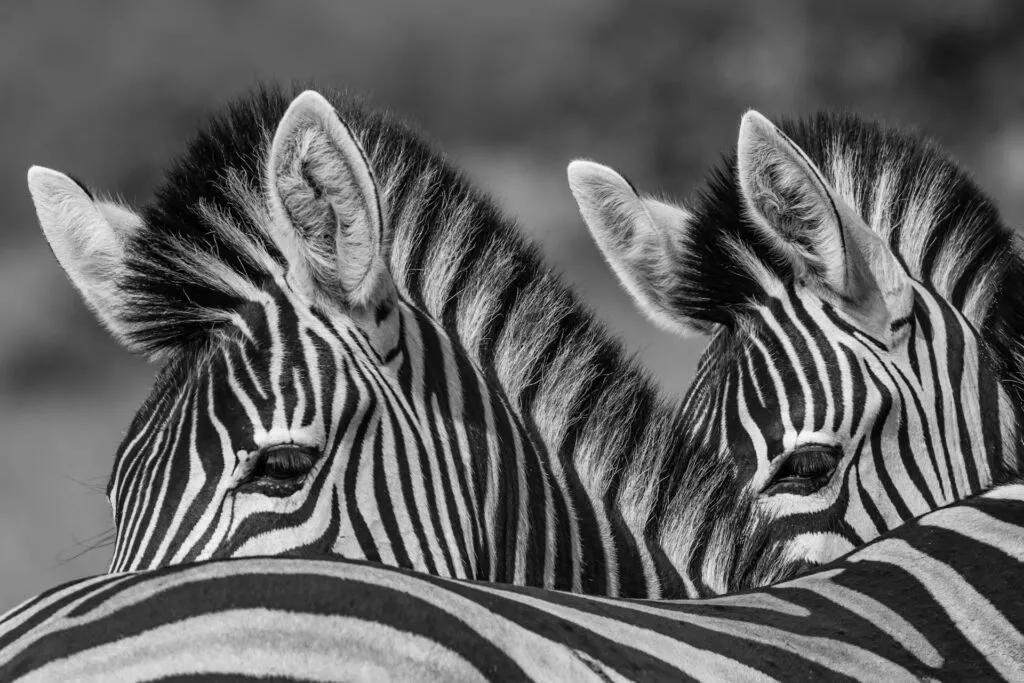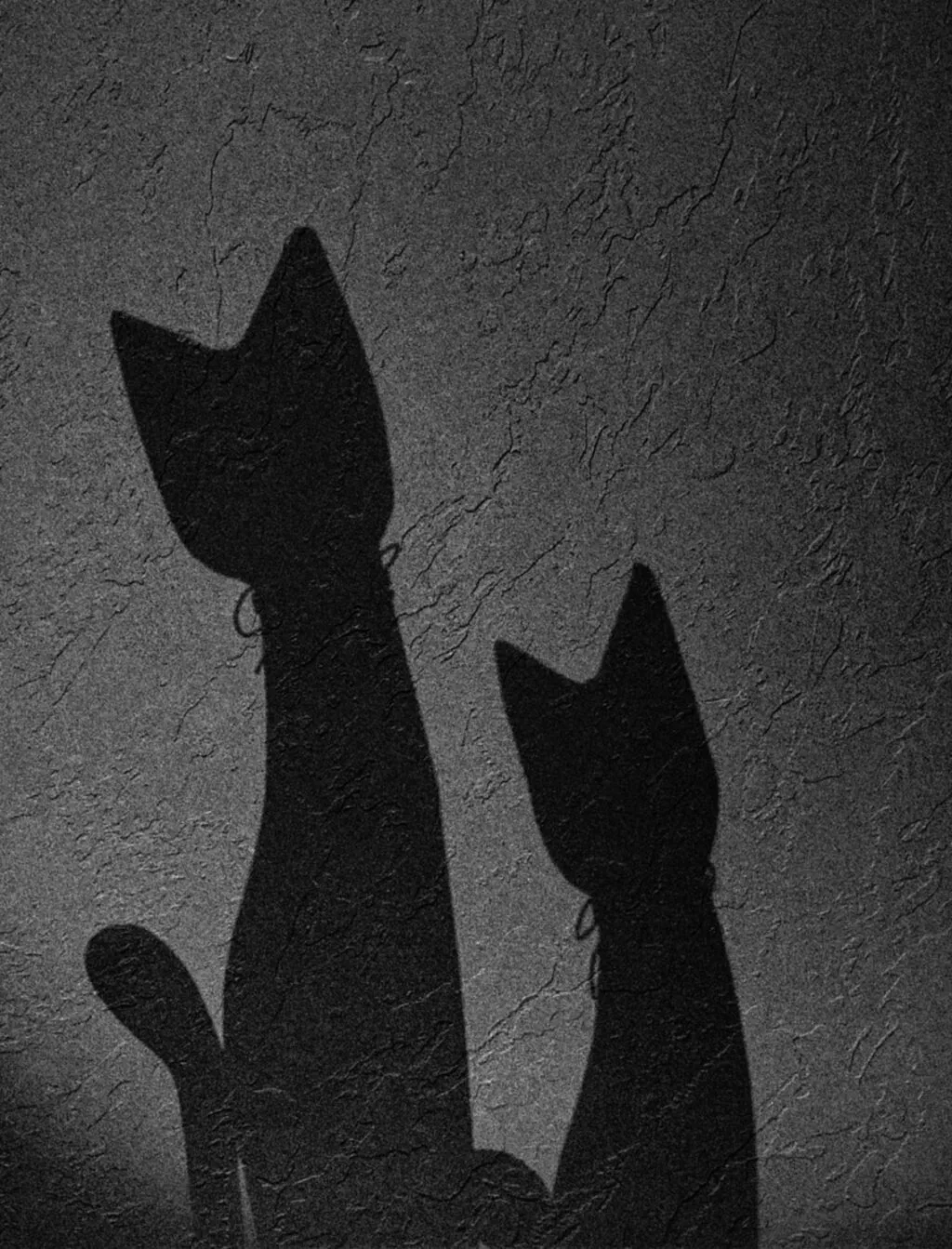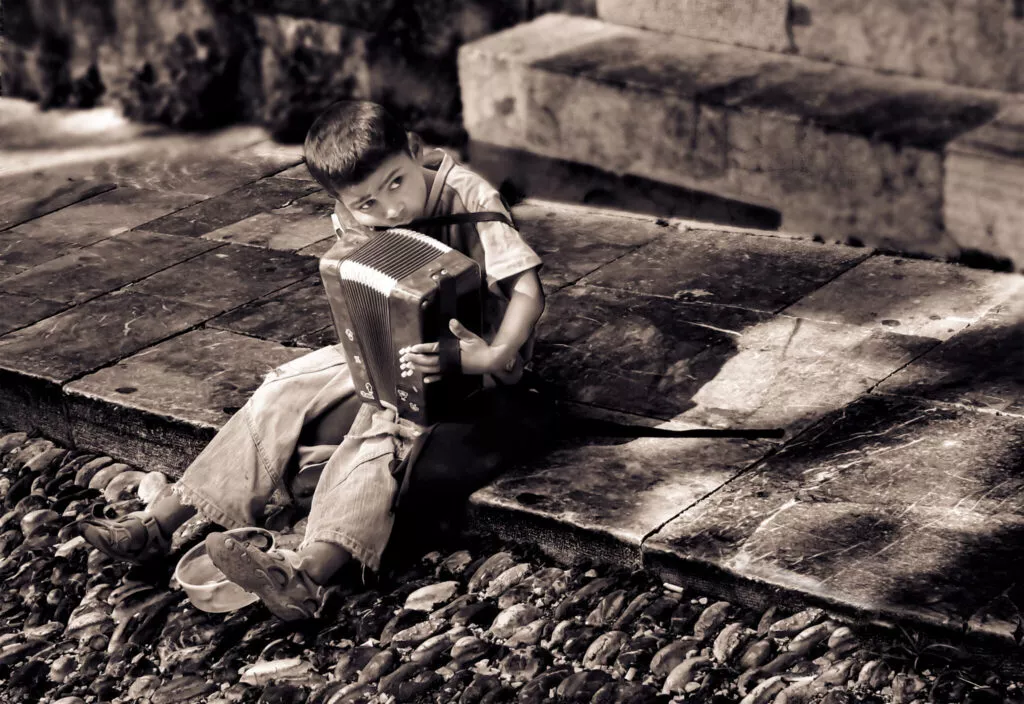Within Philosophy, aesthetics is that branch responsible for studying the essence and perception of beauty. Yes, beauty can be objective; therefore, we can also say that beauty isn’t necessarily as subjective as it's made out to be in modern culture.
When talking about photographic aesthetics, we can take certain parameters from the plastic arts to evaluate the aesthetics of any image. We can easily identify composition as the mandatory element of aesthetics in photography, followed, on a smaller scale, by proportion.
Serendipity describes the phenomenon in which you make a lucky and unexpected finding when you’re looking for something else, or not looking for it at all. In more general terms, “serendipity” can also be called chance, coincidence or accident, but the word serendipity is too beautiful not to use.
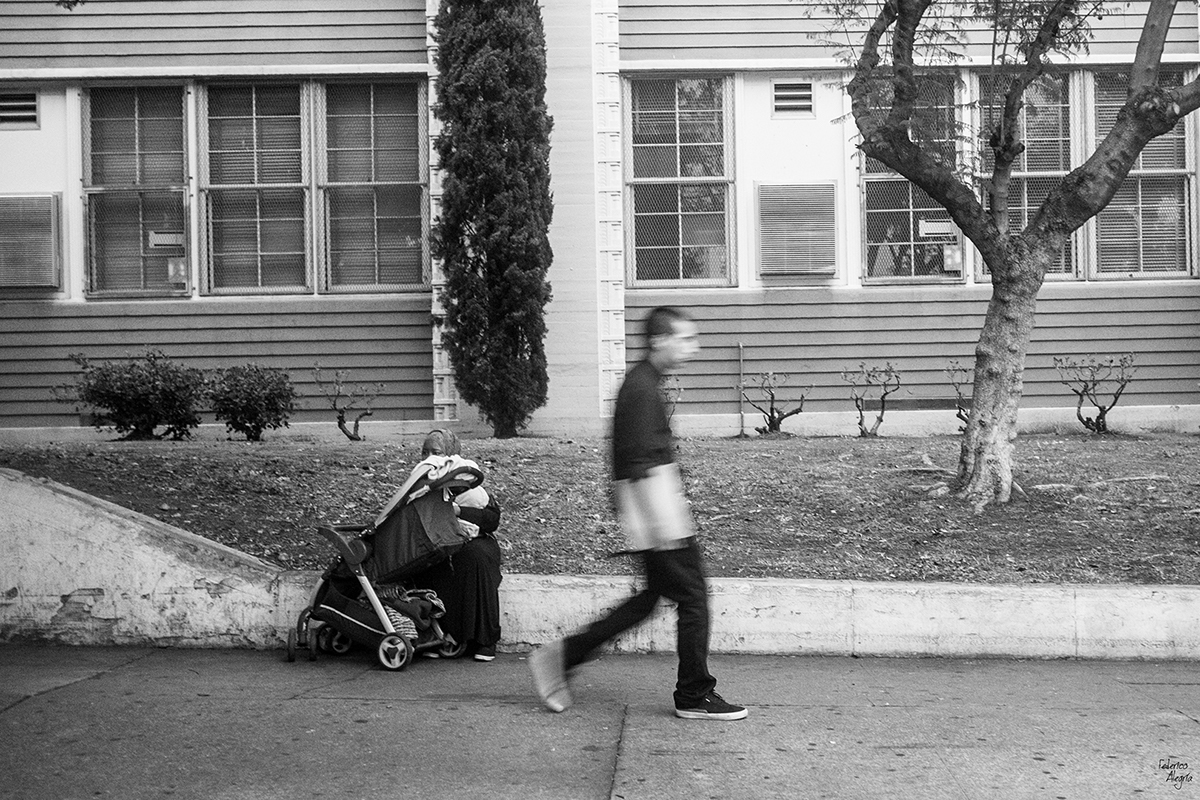
In street photography, we often have serendipitous encounters. This is because everything happens mostly without our control or consent, which is why we should always be aware and ready to shoot. The purpose of this column is not reflective, but inspirational.
Recently, I have had 7 interviews with students in a photography class (in my country there is no formal academic degree program, just courses or diplomas) whose careers are related to communications and graphic design. The questions were always varied – except for this one, which appeared in all 7 occurrences: “What advice would you give to a photographer who is starting in his or her career?” The answer was always the same: “Besides watching a generous number of movies and consuming overwhelming quantities of photographs, always have a camera with you, because you don't know when you’ll need it.”
So, like my grandfather said about guns, “It’s better to have it and never use it, than to need it for a second and not have it at all.” So, just as Grandad always packed heat, I always pack my camera with me.
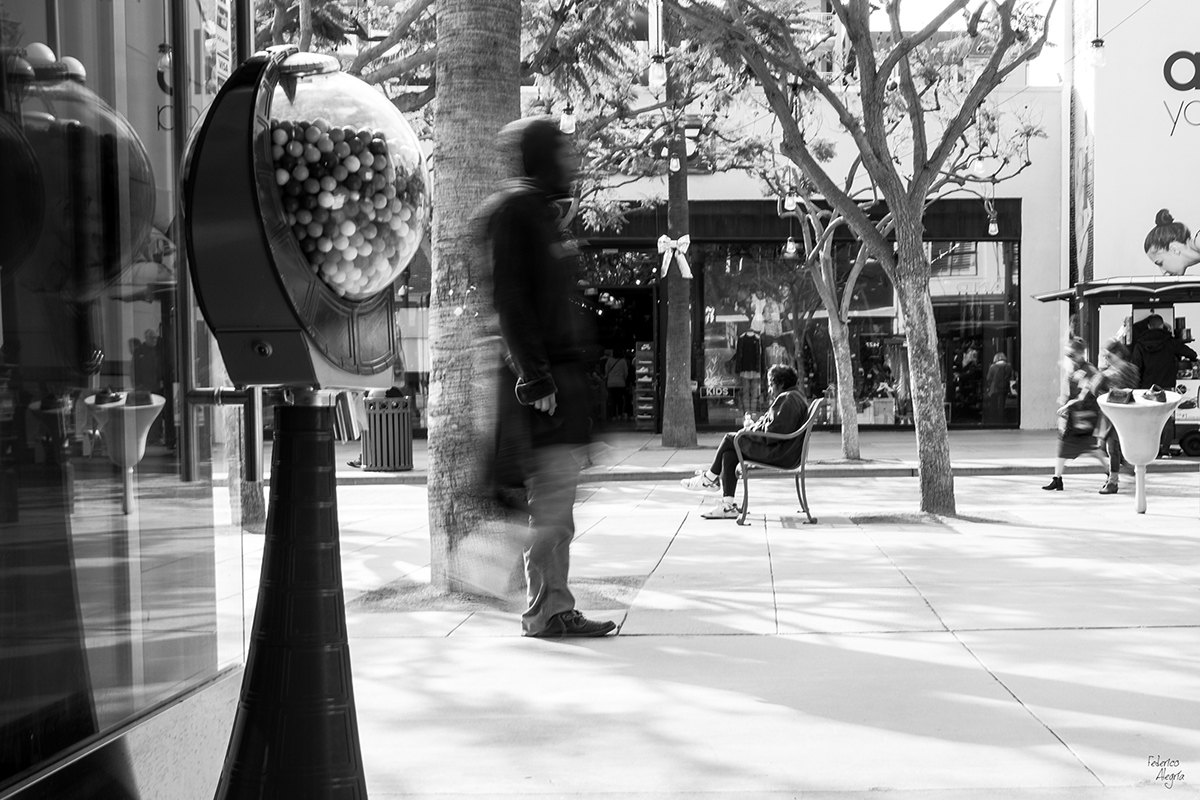
But why am I putting these two terms together? One seems to come from the Philosophy aisle of any respectable library, while the other seems to be taken from any chick flick based on anything written by this dude. (Personal note: I've never read, and will never read, something written by him).
Mirum ergo captura
First, We Have Serendipity
The moment that surprises us is the one in charge – it’s what makes us react. We’re not always prepared to capture moments that surprise us, and being unprepared is extremely painful for any passionate photographer. Valerie Jardin makes me feel good every time she says that if we are able to see the moment – even if we capture it badly, or even if we don’t capture it at all – we have already achieved 50% of the purpose of the photograph, because few people were able to see what we saw at that moment and feel an impulse to reach for their camera.
If we’re lucky enough to capture a scene, we try as much as possible to go beyond merely capturing it. This is because we compose in a way pleasing to our eyes. Composition is the quintessential variable that makes our photography striking. Above all, composition makes our readers stop and stare at our images, and this staring may invite them to do a thorough reading of the photograph if the message is sufficiently affecting or intriguing.
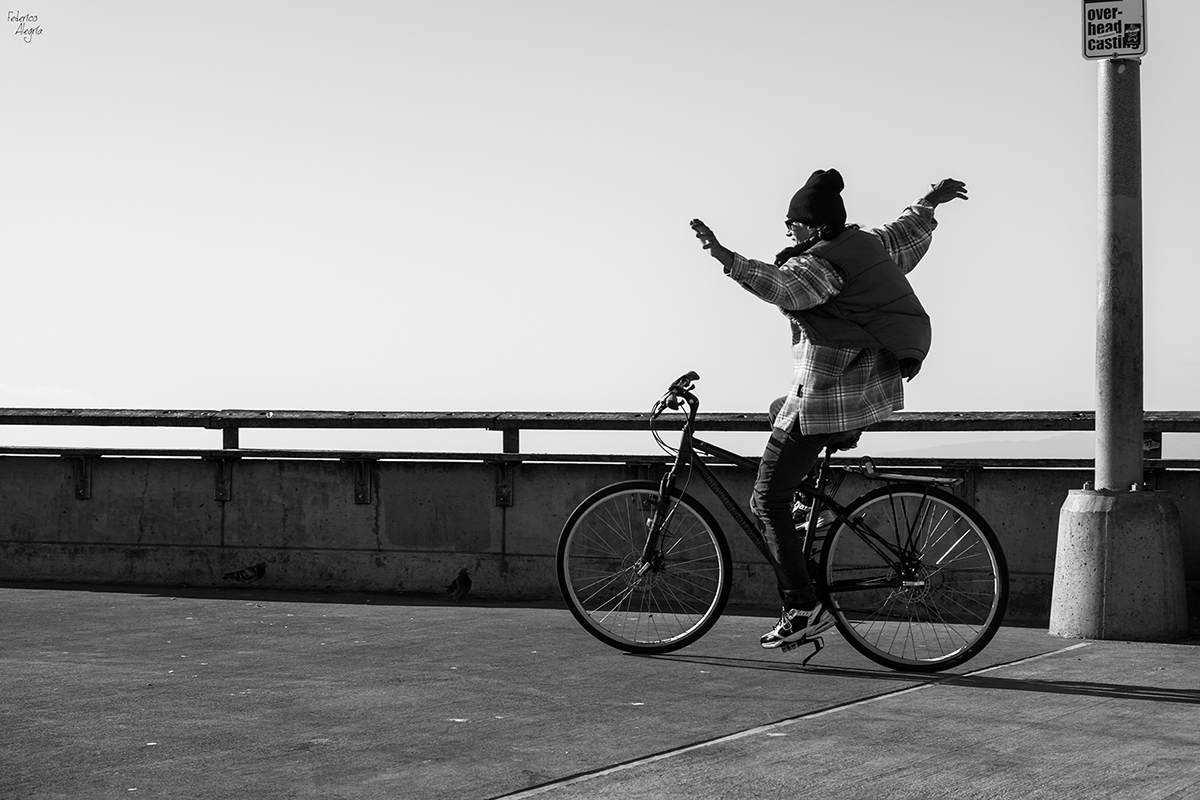
Next, Aesthetics
Decisions concerning composition happen in our hands and minds, and it’s our responsibility to execute them. Often, we may repeat certain compositional patterns (and even exposure patterns) thanks to the style or voice we acquire as we evolve as photographers. This is within our control. However, aesthetics depend more on the image’s readers, since it is they who will react according to their own perception of “beauty”.
Many people may consider the work of Joel-Peter Witkin or Jan Saudek as grotesque, but this does not negate their particular aesthetic. They both create exceptional pieces of art with a distinct look and feel.
All this means that a photograph can catch the attention of one or several readers, and that leads them to express themselves according to what their own perception of photography dictates. Perception is the way in which an organism’s brain interprets the sensory stimuli it receives to form a conscious impression of the physical reality of its environment. Nowadays, this has been sadly reduced to a vanity metric (like a “like” or a reach number on Facebook). But that's a discussion for another day.
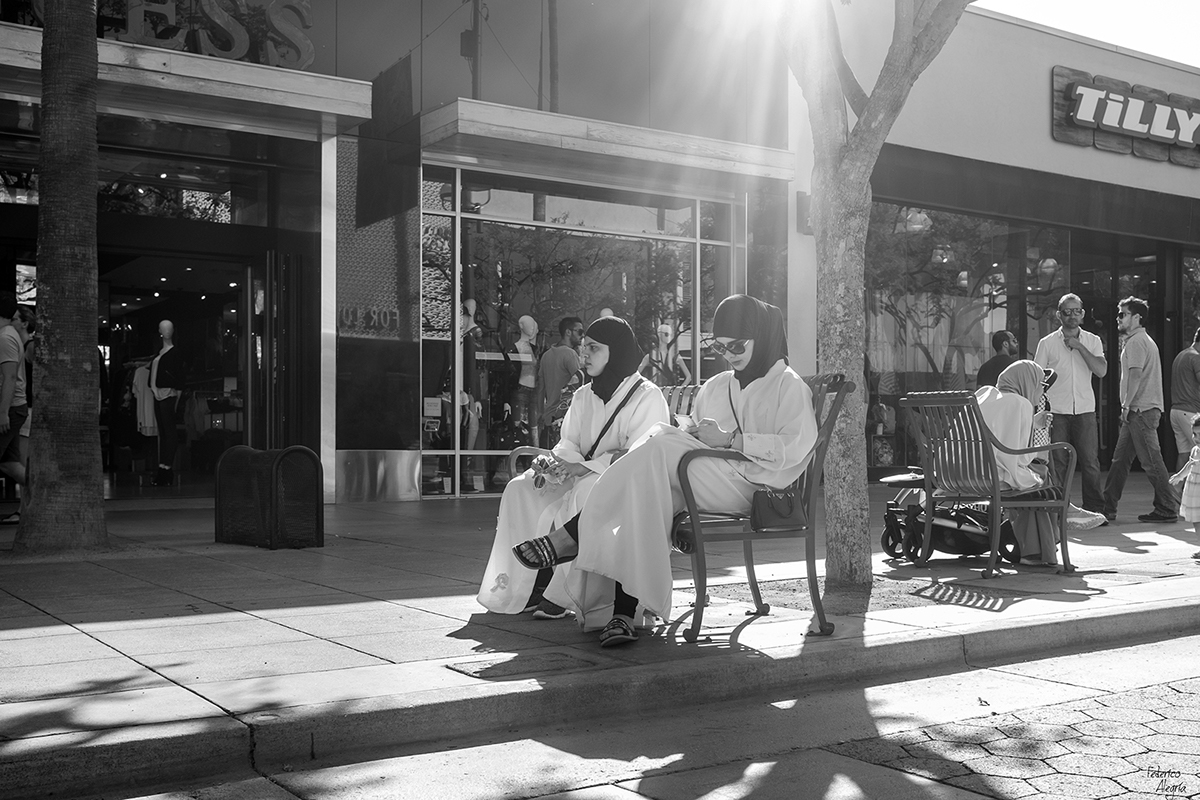
Image Breakdown
When breaking down a photograph, whether it is ours or another photographer’s, we can identify elements that strengthen the image’s aesthetics. This exercise is very interesting and can be done with virtually any image. Some time ago we presented a slightly detailed breakdown of one of the photographs that became iconic in 2016.
If we take certain elements of the composition – such as lines, rules (thirds, symmetry or odd sets) – and exposure elements such as tones and contrast, we can make a solid analysis of the quality of photograph per se. The exercise is not complicated, and only requires patience and contemplative reading.
Serendipity can catch us at any moment, and we must always be prepared to capture unexpected scenes in the most pleasing possible composition, as this will give an incomparable aesthetic character to our photographs.
More On Photography Aesthetics
- Understanding Basic Aesthetics in Photography Pure Polygons has a piece on the basics
- The Aesthetics Of Serendipity! Read more about Serendipity over at Dodho
- 5 Fundamental Elements of Great Photographs Go back to basics with our previous post at Light Stalking



